Robots: The good, the bad and the ugly
Do they help or do they hinder, and where are the worlds of robotics and artificial intelligence headed?

"In this research we aim at the realisation of the robot which can manipulate dynamic changing objects. As a first step, we have developed a throwing and batting robot system and achieved the high-speed continuous motion," the lab claims on its website.
It's created one of the fastest robots, we've ever seen. Take a look at the video below to find out just how fast that is.
Mind the gap
It's clear that the gap between humans and machines has already narrowed somewhat. That looks likely to accelerate between now and 2050, according to Intel's chief technology officer Justin Rattner who made a bold prediction at last year's Intel Developer Forum in San Francisco.
"The industry has taken much greater strides than anyone ever imagined 40 years ago. There is speculation that we may be approaching an inflection point where the rate of technology advancements is accelerating at an exponential rate, and machines could even overtake humans in their ability to reason, in the not so distant future," he told conference attendees.
But we're not there yet. Indeed, the technology involved needs to become more flexible, according to Robert Parker, group vice president of research from IDC's manufacturing insights arm.
"Factory robots are very good at doing something repetitive at a high, consistent quality. New robotics will be more flexible thanks to better self-awareness - better data acquisition, MEMS, vision systems, and intelligence. There is a pilot going on right now for a robotic system that can harvest fruit in an orchard. The mobility system can navigate the orchard and the vision systems can evaluate how ripe the fruit is (should I pick this). The people involved with the project believe they can lower the cost of a harvest by 35 per cent which is substantial considering the low wages of migrant workers doing the job today," he said.
Get the ITPro daily newsletter
Sign up today and you will receive a free copy of our Future Focus 2025 report - the leading guidance on AI, cybersecurity and other IT challenges as per 700+ senior executives
"In 20 years, an industrial robot will be able to continuously evaluate (self awareness) the current circumstances, adjust its tooling and methods (self adjustment), and rewrite its operating software to improve its performance (self optimisation). They will be much smaller (nanobots) and modular Generally, the level of sophistication is amazing (especially work in Japan), but the mechanics/micro electronics continue to outpace the intelligence. Definitely hardware ahead of software when it comes to consumer robots."
Maggie has been a journalist since 1999, starting her career as an editorial assistant on then-weekly magazine Computing, before working her way up to senior reporter level. In 2006, just weeks before ITPro was launched, Maggie joined Dennis Publishing as a reporter. Having worked her way up to editor of ITPro, she was appointed group editor of CloudPro and ITPro in April 2012. She became the editorial director and took responsibility for ChannelPro, in 2016.
Her areas of particular interest, aside from cloud, include management and C-level issues, the business value of technology, green and environmental issues and careers to name but a few.
-
 Cleo attack victim list grows as Hertz confirms customer data stolen
Cleo attack victim list grows as Hertz confirms customer data stolenNews Hertz has confirmed it suffered a data breach as a result of the Cleo zero-day vulnerability in late 2024, with the car rental giant warning that customer data was stolen.
By Ross Kelly
-
 Lateral moves in tech: Why leaders should support employee mobility
Lateral moves in tech: Why leaders should support employee mobilityIn-depth Encouraging staff to switch roles can have long-term benefits for skills in the tech sector
By Keri Allan
-
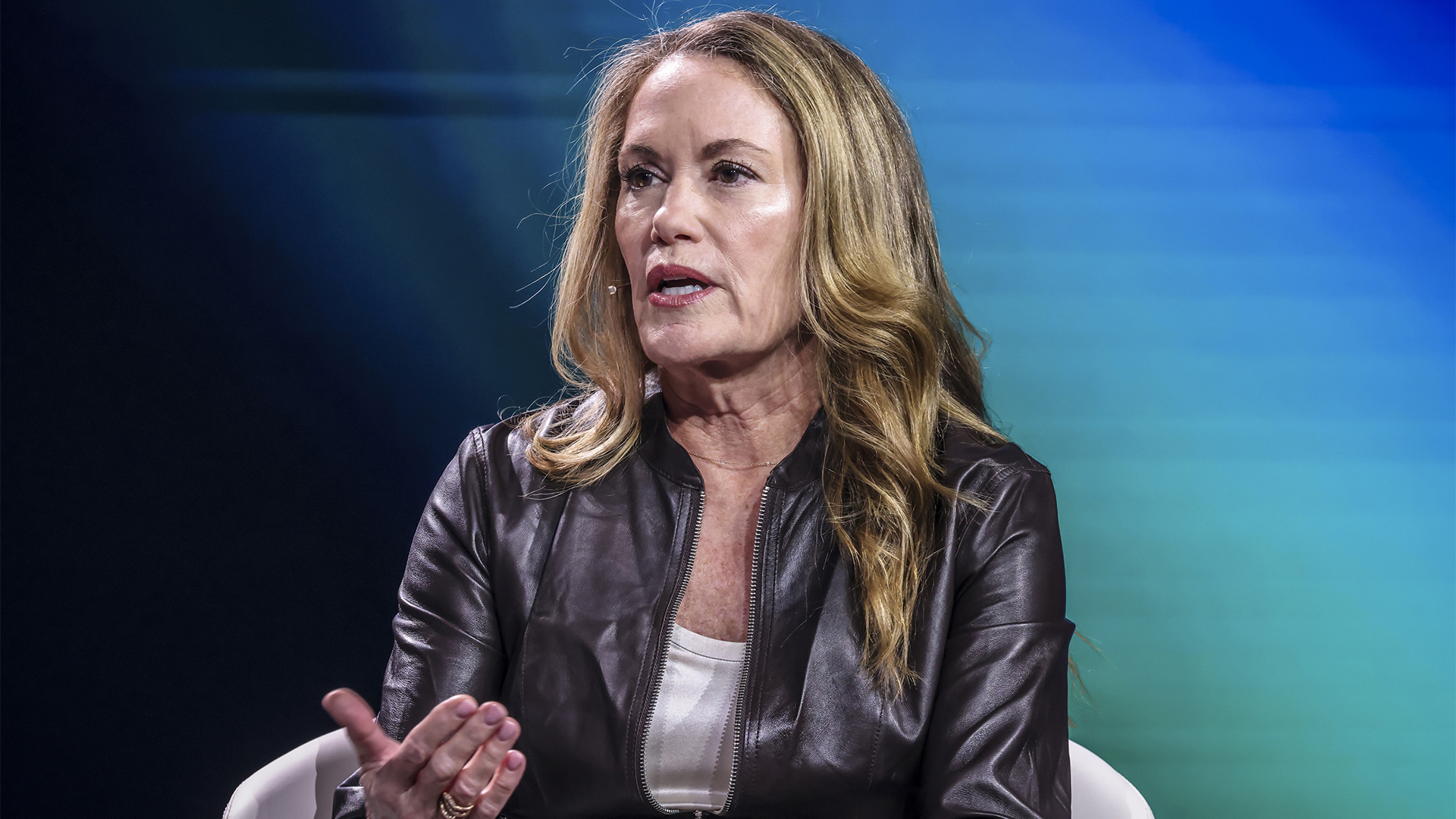 Can robots work safely alongside humans? This one industry leader thinks we're not far away
Can robots work safely alongside humans? This one industry leader thinks we're not far awayNews Humanoid robots and people will be able to work truly side-by-side this year, according to the CEO of one leading robotics company.
By Nicole Kobie
-
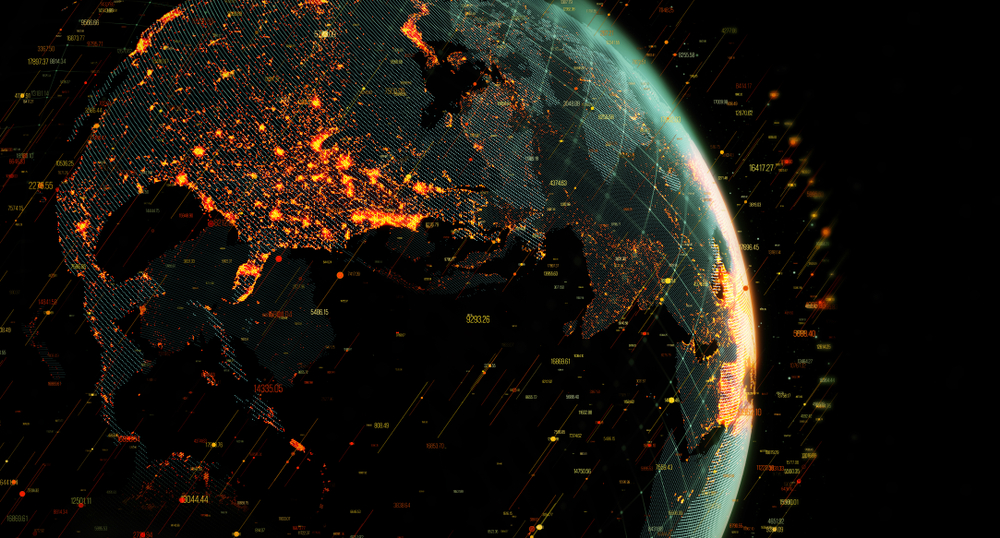 Why cutting-edge innovation is killing the planet
Why cutting-edge innovation is killing the planetIn-depth AI and robots will do our work, we’ll get paid in cryptocurrency, and cars will drive themselves – but each of these technologies is a massive energy hog
By Nicole Kobie
-
 Why you need process mining in your RPA strategy
Why you need process mining in your RPA strategyWhitepaper Reducing workloads so more time is spent on strategic thinking
By ITPro
-
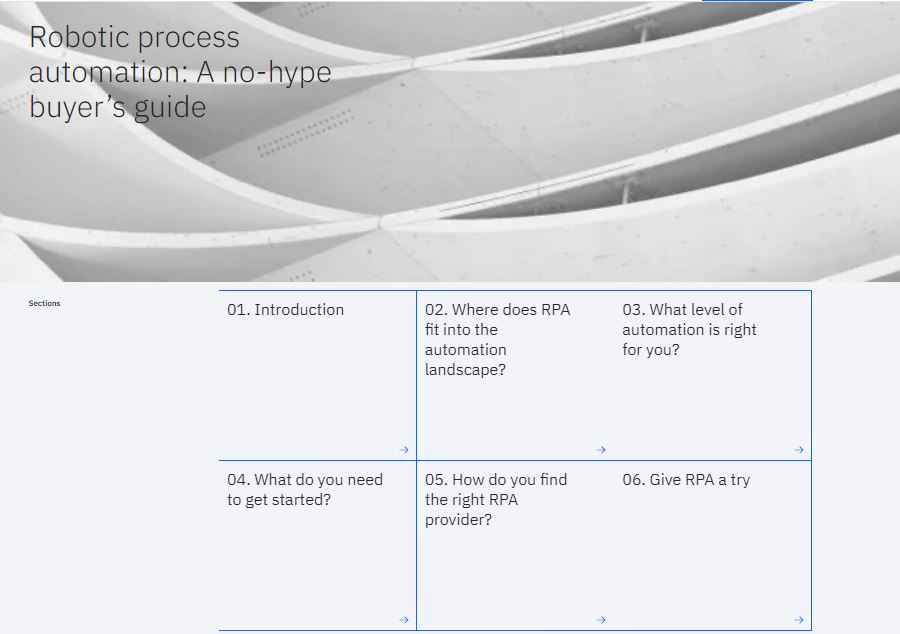 Robotic process automation
Robotic process automationWhitepaper A no-hype buyer's guide
By ITPro
-
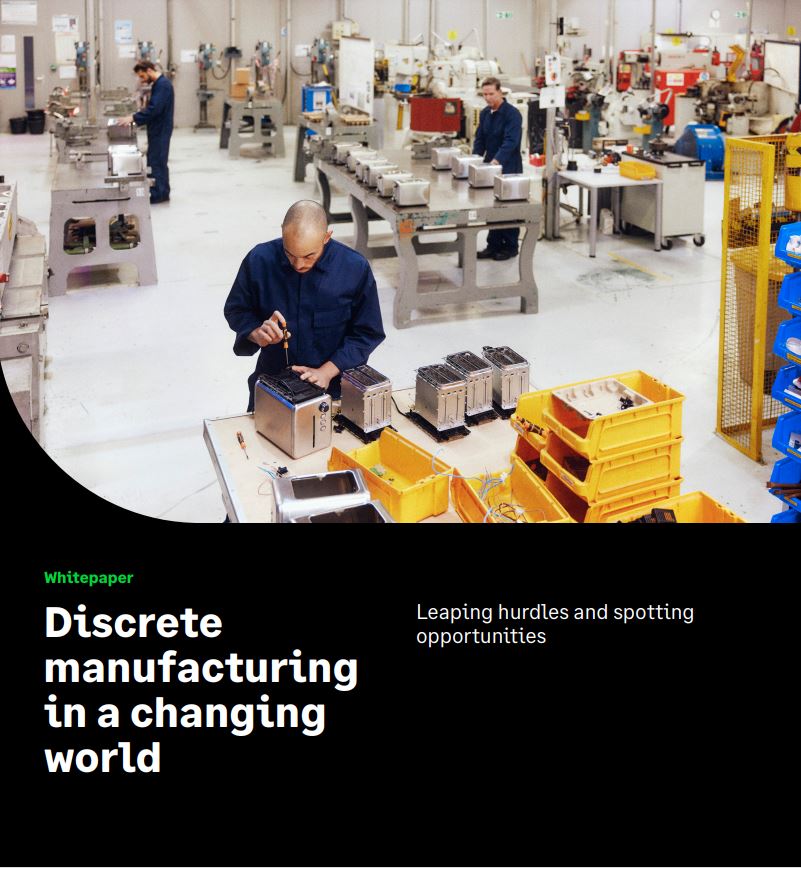 Discrete manufacturing in a changing world
Discrete manufacturing in a changing worldWhitepaper Leaping hurdles and spotting opportunities
By ITPro
-
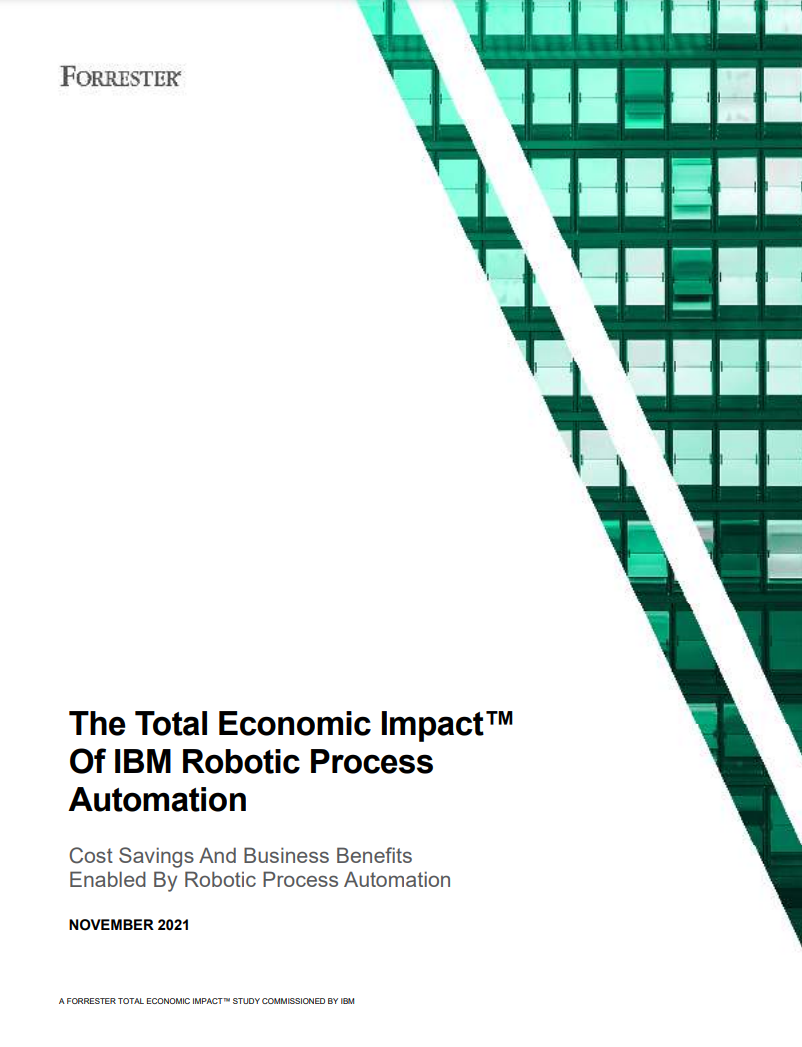 The Total Economic Impact™ of IBM robotic process automation
The Total Economic Impact™ of IBM robotic process automationWhitepaper Cost savings and business benefits enabled by robotic process automation
By ITPro
-
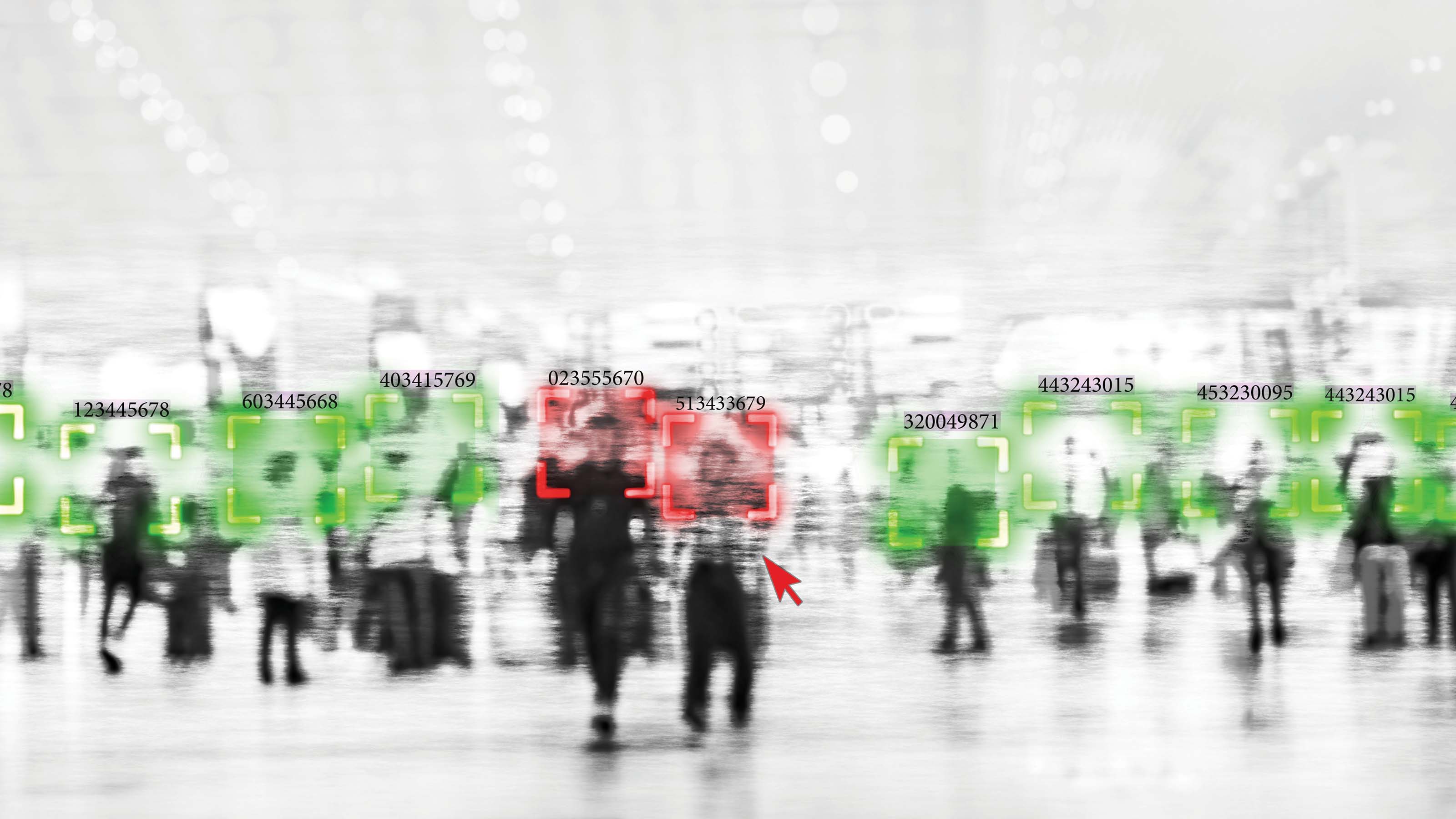 Robot dogs won't save policing – but AI just might
Robot dogs won't save policing – but AI just mightIn-depth Some police forces are turning to robots, AI and facial recognition, but high-profile failures harm public trust
By Nicole Kobie
-
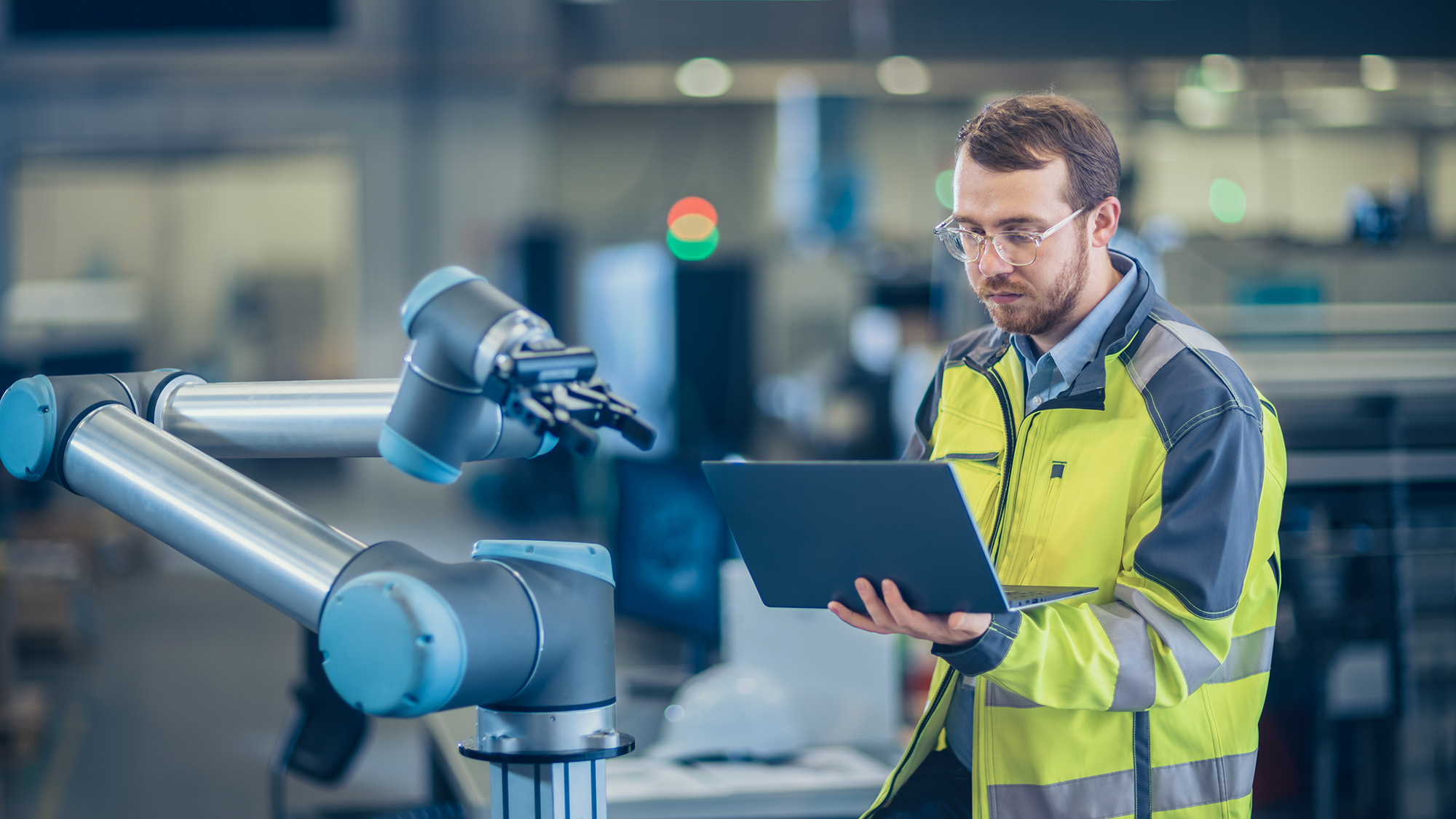 Alphabet tackles industrial robot software market
Alphabet tackles industrial robot software marketNews Intrinsic will teach industrial robots to perform complex tasks
By Danny Bradbury